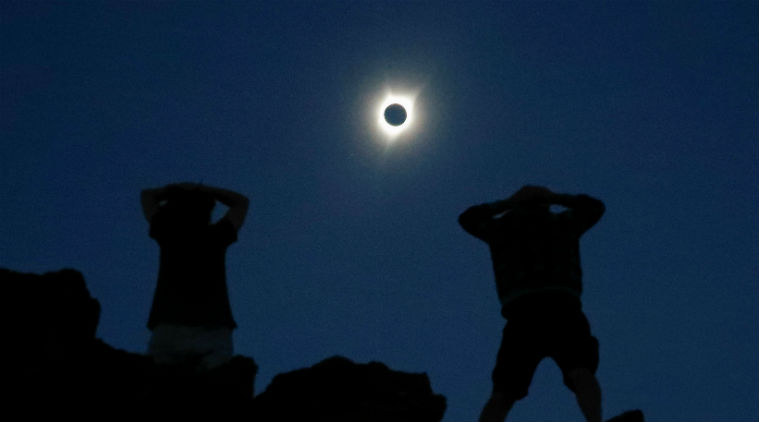
Days after the rare Total Solar Eclipse witnessed in parts of South America, the world is gearing for another celestial phenomenon, the second lunar eclipse of the year on July 16-17. The eclipse will be visible in much of Europe, Asia, Australia, Africa, South/East North America, South America, Pacific, Atlantic, Indian Ocean, Antarctica, NASA projected.
It will be a partial eclipse, unlike the January 20-21 eclipse, which was a total in nature.
A total lunar eclipse occurs when the entire moon is located inside the umbra of the earth, whereas a partial lunar eclipse occurs when only a small part of the moon is instead located inside the earth’s umbra. Lunar eclipses occur when Earth passes between the Sun and the Moon, casting a shadow of Earth on the Moon.
On December 26, the planet will be gearing up for a solar eclipse. This solar eclipse will be the third of the year and will be witnessed in Asia, Eastern part of Europe, North/West Australia, Eastern Africa, Pacific and the Indian Ocean. In India, the celestial development will be visible in the southern part.
However, this will be an annular solar eclipse, while the previous ones on January 5-6 and July 2 were partial and total solar eclipses, respectively.

An annular solar eclipse occurs when the Sun’s centre is covered by the Moon, making the Sun’s visible outer edges to form a “ring of fire” or annulus around the Moon.
Besides the lunar and solar eclipses, Earth will also witness a Mercury transit on November 11. Mercury transit takes place when planet Mercury passes directly between the Sun and Earth, appearing as a tiny black dot visible against the disk of the Sun.